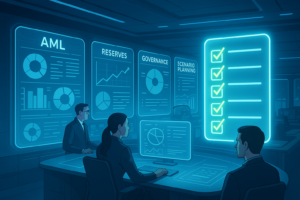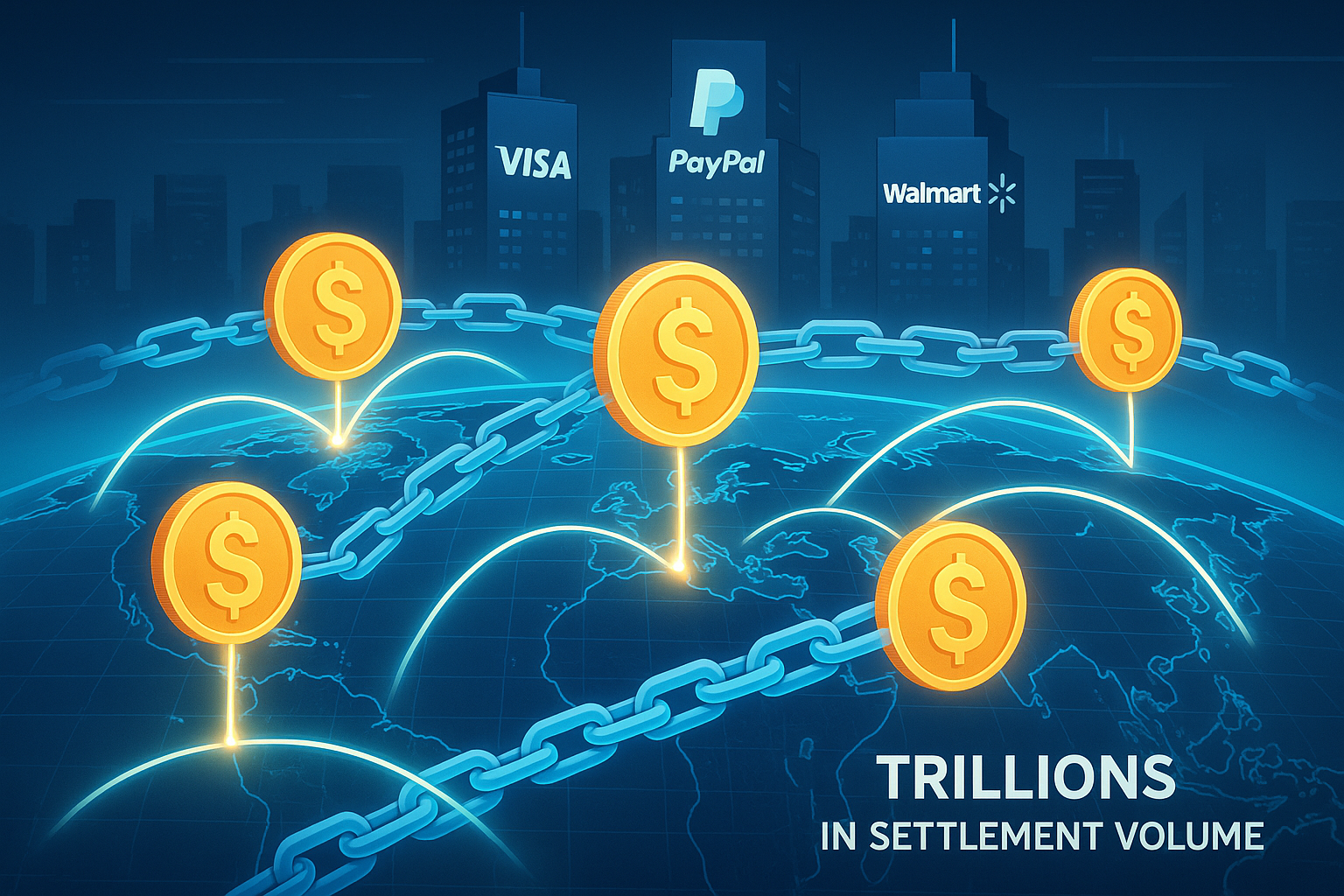Stablecoins are no longer a niche trader’s tool—they’ve become the plumbing for global payments, settlement, and even treasury operations. That’s why policymakers from Sacramento to Washington are paying close attention.
California recently hit pause on its so-called “cleanup bill,” which aimed to refine definitions, smooth liability issues, and sharpen stablecoin criteria. Meanwhile, in Washington D.C., the GENIUS Act is moving forward, complete with language that could preempt state oversight.
The states are waiting; the feds may be consolidating. For crypto businesses, the real question is not which side “wins,” but how the rules will ultimately fit together—especially with California’s Department of Financial Protection and Innovation (DFPI) set to license stablecoin issuers starting July 1, 2026.
California’s Two-Year Cycle, Explained
California’s legislature runs on a two-year clock. Bills are introduced in January and must clear both chambers by mid-September. Miss that deadline and the bill isn’t “on hold”—it’s dead. Supporters can reintroduce the idea in the next session, but it receives a new bill number and starts fresh.
That’s why references to the cleanup bill point to something that will likely return in 2026, but not under the same label. In plain terms: miss the cutoff, start over.
What the Cleanup Bill Was Meant to Do—and Why It’s Paused
The cleanup bill’s purpose was simple but important: tidy up definitions, clarify applicability of licensure, and refine the state’s stablecoin framework. But as deadlines loomed, two things got in the way:
- The GENIUS Act in Washington raised “who regulates what?” questions.
- Political realities in Sacramento, including redistricting and a calendar crunch, meant lawmakers had to triage priorities.
Rather than jam a complex fix into the waning hours of session, lawmakers chose to postpone until the next cycle. A cautious, if anticlimactic, move.

What the GENIUS Act Would Do
The GENIUS Act would put stablecoin issuers squarely under the Bank Secrecy Act, and introduce a unique set of specific tailored requirements. Among these include:
- Explicit AML program requirements
- Accounting and financial requirements
- Attestation obligations
- 1:1 U.S. dollar or short-term Treasury backing
- Governance expectations
The most disruptive element for states is preemption language, which could curb some or all state oversight of covered issuers.
That directly intersects with California’s own law, AB 39, Chapter 6, which requires stablecoin issuers to be licensed by DFPI starting July 1, 2026. If federal law says “we’ve got this,” what happens to California’s licensing framework? That’s the looming collision—or coordination—question.
Lessons from Terra/Luna: Why “Stable” Needs Standards
We can’t ignore history. The 2022 Terra/Luna collapse was a vivid reminder of what happens when “stable” isn’t truly stable. Algorithmic design flaws, unsustainable yields, and market reflexivity triggered a dramatic death spiral that wiped out billions in value.
To be clear, not all stablecoins are created equal. Asset-backed models like USDC, with reserves and attestations, operate on very different footing than experimental algorithms. But Terra/Luna’s failure left lawmakers determined to raise the floor.
California’s push for licensing, and the GENIUS Act’s emphasis on AML programs and attestations, both reflect that determination: if stablecoins are to anchor real financial activity, they must live up to the name.
Preemption vs. DFPI: Collision Course or Coordination?
Historically, money transmission oversight has been a dual system: federal registration and examinations on one side, permissiom-based state licensing and supervision on the other.
The GENIUS Act would redraw those lanes for stablecoin issuers. The big unknowns:
- Scope: How broadly will preemption be applied?
- Timing: Will federal rules kick in before or after DFPI’s July 2026 licensing start?
- Bridging: Could DFPI phase in implementation, delay it, or create temporary rules to smooth the handoff?
At this stage, asking these questions is more responsible than declaring answers. Businesses need to plan for both tracks.
What Operators Should Do Now
Think of this as tuning the engine while the road is still being paved:
- Map your footprint: Identify which jurisdictions (California and beyond) your business touches.
- Upgrade AML programs: Ensure your program meets financial-institution standards: risk assessments, KYC/CDD/EDD, monitoring, SAR/CTR filings, token due diligence, training, and audits.
- Get serious about reserves and attestations: If you’re asset-backed, double down on transparency. If you’re not, rethink your risk.
- Governance: Document board-level oversight of reserves, liquidity, redemptions, and crisis management.
- Scenario planning: Build two compliance runbooks—one assuming state licensing proceeds, one assuming federal preemption narrows state authority.
Open Questions We’re Watching
- Will preemption strip away state authority entirely, or just parts of it?
- Will federal timelines sync with California’s 2026 deadline, or force a staggered rollout?
- What role, if any, will states retain in consumer protection or prudential oversight?
These answers are still in flux. That’s why the best posture for businesses is to stay flexible.
In Summary
California’s cleanup bill has been pushed to the next cycle, while the federal GENIUS Act moves forward with preemption on the table. It’s not a matter of one replacing the other—it’s a matter of how the two will fit together.
What’s clear is that July 1, 2026 isn’t far away in compliance terms. Businesses that get their AML programs, attestations, and governance in shape now won’t regret it later.
If you’re building, supporting, or banking on stablecoins, now is the time to prepare for both outcomes—state licensing and possible federal preemption. Schedule a free discovery call with BitAML, and we’ll help map your exposures, test your AML program, and build a two-track plan that works no matter which way the policy winds blow.
